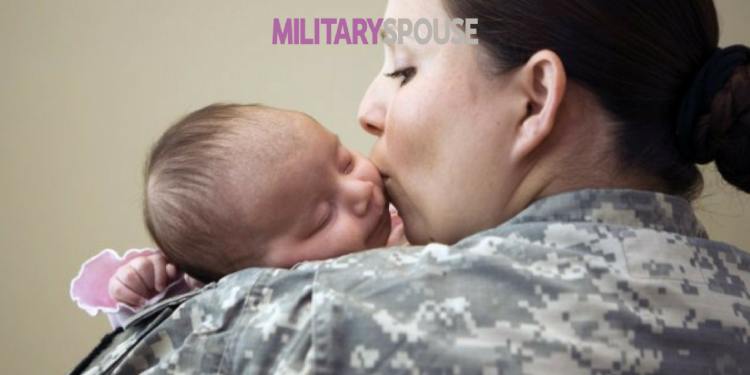Extended Care Health Option
Living a military life while raising a child with a disability presents extraordinary challenges. This truism has been recognized by the Congress in a program called the Extended Care Health Option (ECHO). A 1992 GAO report noted the program:
“was established to provide additional financial support to families of active duty personnel in recognition of (1) the high cost of caring for seriously disabled family members and (2) the limited access to care for many specialized services because of long waiting lists for public services and state and/or local eligibility restrictions (such as residency requirements), which adversely affect military personnel.”
In January of 2015, one of the fifteen recommendations from the Military Compensation and Retirement Modernization Commission (MCRMC), tasked by Congress with rethinking military pay and benefits, was related to the ECHO benefit: “Improve support for service members’ dependents with special needs by aligning services offered under the Extended Care Health Option to those of state Medicaid waiver programs.” The MCRMC, noting that DoD already had the authority to make these changes without legislation, said
“As evidenced by the similarity in benefits authorized under the HCBS and ECHO programs, as well as the directive to use state and local services before accessing ECHO, the Congress intended ECHO as an alternative to unavailable waiver benefits. Yet ECHO benefits, as currently implemented, are not robust enough to replace state waiver programs when those programs are inaccessible to Service members and their EFMs. With the exception of home health care services and ABA therapy services, the ECHO program is not highly utilized. This is due to a lack of needed services.”
In an April 2015 letter to President Obama, then Secretary of Defense Carter endorsed the MCRMC recommendations. Since then, with exception of one small change in policy, efforts to implement these recommendations have stalled within the Defense Health Agency.
Please understand this list considers only three of the top issues facing our special needs military families. These examples are necessary to tell the story of the pattern of misalignment of programming for children’s health needs. Other problems exist with military pediatric healthcare, the Exceptional Family Member Program (EFMP), military kids and special education, and even the most basic civil rights of military families. Despite briefings to the White House, Congress, and DoD over the last number of years, the trajectories for each of these examples are similar; families are embattled rather than empowered, military readiness and morale suffer, and these military families feel forgotten.
In a recent Military.com interview, Michael Higgins, one of the MCRMC Commissioners, lamented,
“Now I don’t know how a lot of these decisions get made over in the Pentagon,” Higgins said. “But I believe once they are made they are carved in stone somewhere over there. I don’t care if the President changes, the Secretary of Defense changes, their attitude [in DoD] is not changing.”
This is as good an explanation as any for why special needs military families continue to face barriers. DoD senior leadership, even if supportive of change, aren’t making decisions to get the job done nor helping their staff see the issues through to completion. It’s the bureaucracy, three or four levels down, who is making decisions and implementing policy. And while inappropriate policy kills less efficiently than a failed seal or a valve out of place on a submarine, the result is the same.
Our military families need their leadership, both civilian and military, in the White House and in the Pentagon, to step up and tackle these problems. Until senior leadership makes it clear that the status quo is no longer acceptable, their intent is known with respect to addressing the needs of our most vulnerable families, and insists on accountability by setting forth responsibility and a timeline, our families will continue to scrap and brawl for the right care by the right providers at the right time for our kids. These are our kids. What other choice do we have?[maxbutton id=”13″]








